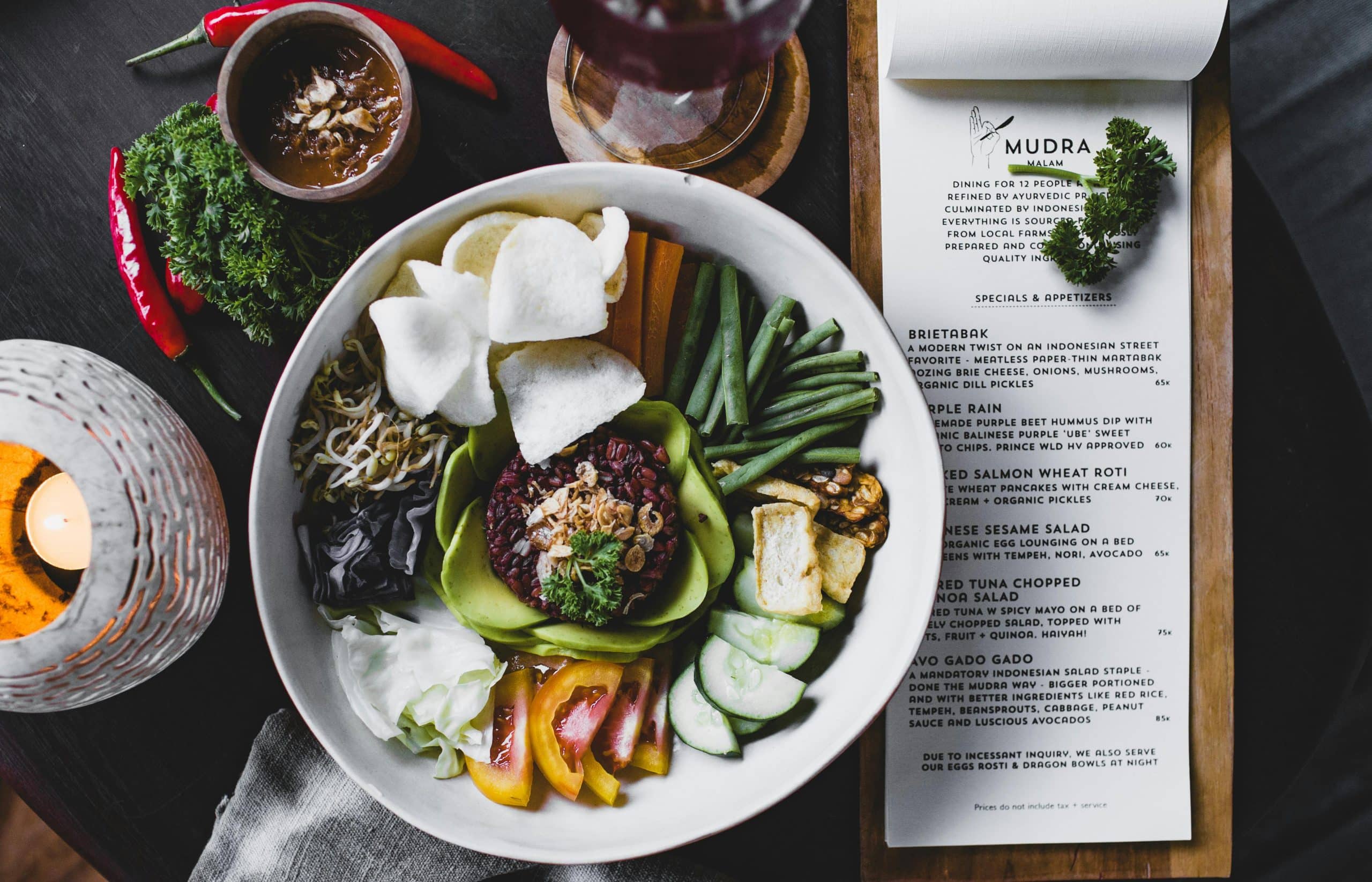Are you craving for a sweet, fruity dessert with a delightful hint of Asian ingredients? There’s no better choice than the mouthwatering Thai Mango Sticky Rice with Coconut Cream! This exotic dessert is a seamless blend of juicy mangoes, sticky rice, and velvety coconut cream. This recipe is also a convenient way to cap off a filling Thai meal, or as a sweet midday treat. Let’s dive into the steps to prepare this culinary masterpiece.
Gathering Your Ingredients
To make this tasty dessert, you will need these ingredients:
A voir aussi : Can You Create an Authentic Italian Tiramisu with Mascarpone and Espresso Soaked Ladyfingers?
- Sticky Rice: The base of this recipe is the sticky rice, also known as glutinous rice. Despite the term “glutinous”, this type of rice doesn’t contain gluten. Instead, it has a sticky texture when cooked, which complements the smoothness of the mango and coconut cream.
- Mangoes: Choose ripe, sweet mangoes for this recipe. When you’re at the store, pick mangoes that give slightly under your fingers when pressed. They should also have a sweet, fruity aroma at the stem end.
- Coconut Milk: The creaminess of this dessert comes from coconut milk. It’s best to use full-fat canned coconut milk, which will give your dessert a rich and creamy texture.
- Sugar: Sugar will add sweetness to your recipe and balance the slight sourness of the mangoes.
- Salt: A pinch of salt will enhance the overall taste of your dessert.
Once you’ve gathered your ingredients, let’s move on to preparing the sticky rice.
Preparing The Sticky Rice
The first step in making your Thai mango sticky rice dessert is to prepare the sticky rice. This process is relatively simple, but it does require some time and patience.
Cela peut vous intéresser : What’s the Secret to a Luxurious Lobster Risotto with a Saffron Broth?
Start by rinsing your rice. Place one cup of sticky rice in a bowl and add enough water to submerge the grains. Gently stir the rice with your hands, then drain the cloudy water. Repeat this step until the water runs clear, which usually takes about three to four washes.
After rinsing, soak the rice in a bowl of water for at least six hours, or overnight if possible. This soaking process allows the grains to absorb water, which is key to achieving the desired sticky texture.
Once the rice has soaked, drain the water. Put the rice in a bamboo steamer or a sieve over a pot of boiling water. Cover and let the rice steam for about 20 minutes. After steaming, your sticky rice is ready for the next step: the sauce.
Preparing The Coconut Sauce
While your sticky rice is steaming, you can start on the coconut sauce. This sauce will infuse the sticky rice with a sweet, creamy flavor that pairs impeccably with the mangoes.
In a saucepan, combine one cup of coconut milk with half a cup of sugar and half a teaspoon of salt. Heat the mixture over medium heat, stirring continuously until the sugar and salt have completely dissolved. Do not let the mixture come to a boil.
Once your sauce is ready, pour half of it over the steamed sticky rice. Stir the rice and sauce together until the rice has absorbed all the liquid. Let the rice sit for about 20 minutes to fully absorb the flavors of the coconut sauce.
Cutting And Serving The Mangoes
Now, it’s time to prepare your mangoes. Peel your mangoes and cut the flesh into thin slices. You can also cut the mango into cubes if you prefer.
To serve your dessert, place a mound of the coconut-infused sticky rice on a plate. Arrange the mango slices or cubes around the rice. Drizzle the remaining coconut sauce over the top of the rice and mangoes for added sweetness and flavor.
Cooking Tips And Tricks
When making Thai mango sticky rice, there are a few tips to keep in mind:
- Sticky rice: It’s important to rinse and soak your sticky rice before cooking. This process will remove excess starch from the rice, preventing it from becoming overly sticky or gummy during cooking.
- Coconut milk: Avoid using lite or reduced-fat coconut milk in this recipe. These products often contain added water, which can dilute the flavor of your dessert.
- Sugar: Adjust the amount of sugar to taste. If your mangoes are very sweet, you can reduce the amount of sugar in the recipe. Conversely, if your mangoes are slightly tart, you may want to add more sugar.
Without a doubt, preparing Thai Mango Sticky Rice with Coconut Cream will transport you on a culinary journey to Thailand. This dessert’s blend of sweet, tangy, and creamy flavors is indeed a treat to the senses.
Experimenting with Variants
If you are feeling adventurous, there are numerous variations of the traditional Thai Mango Sticky Rice with Coconut Cream recipe that you can experiment with.
One such variant is Black Sticky Rice Pudding. Instead of the usual glutinous rice, use black sticky rice for a striking contrast against the vibrant mango and creamy coconut sauce. Black sticky rice is similar to the white glutinous rice in texture but has a slightly nuttier flavor that adds a unique depth to the dessert.
Don’t forget about Pandan Leaves. Often used in Thai desserts, these fragrant leaves can be tied into a knot and simmered with the coconut milk and sugar to infuse a delightful, subtle aroma into the sticky rice. It imparts a tantalizing fragrance that elevates the sensory experience.
For an added crunch, sprinkle some toasted Sesame Seeds on top. The nutty flavor of the sesame seeds complements the sweetness of the mango and coconut cream perfectly, adding a layer of texture to the dessert.
You can also play with the sweetness level of your dessert. If you prefer a less sweet dessert, adjust the Sugar and Salt balance as per your liking. Remember, the saltiness can bring out the sweetness of the mango even more.
Conclusion: A Culinary Journey with Thai Mango Sticky Rice
Mastering the art of Thai Mango Sticky Rice with Coconut Cream requires patience and practice, but the end result is surely worth it. This dessert is not just an end to a meal but an experience that takes you on a culinary journey to the heart of Thailand. With its heady blend of flavors and textures – from the smooth, sweet rice, to the tangy mango, to the lusciously creamy coconut sauce – this dessert is sure to win hearts!
Moreover, the flexibility of this recipe allows you to experiment with variants. You can adapt and tweak the recipe with black sticky rice, pandan leaves, sesame seeds, or adjust the sugar and salt balance to suit your palette. Each variation adds a new dimension to this delightful Thai dessert.
Whether as an indulgent treat after dinner, a midday pick-me-up, or a centerpiece at a festive occasion, Thai Mango Sticky Rice with Coconut Cream never fails to impress. Enjoy the process of making it and more importantly, enjoy the exquisite taste of this authentic Thai dessert.













